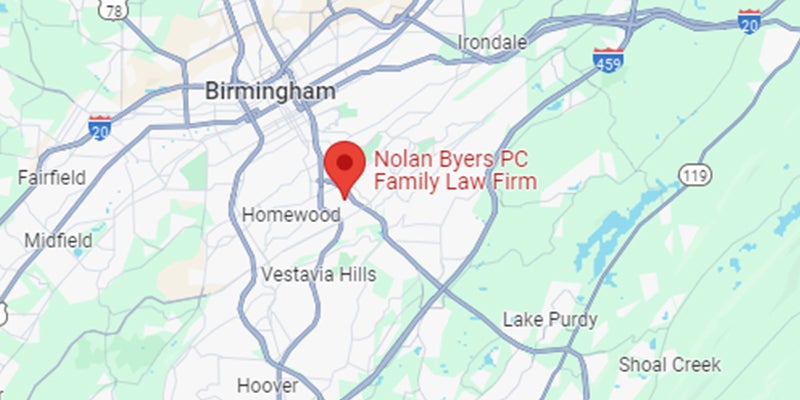Collaborative Divorce Process
Request Consultation
Divorce is never easy, but it doesn’t have to mean war, either. What I’ve learned in my work as a Collaborative attorney has been invaluable to me in all aspects of my work. It’s provided me with training that I would never have had otherwise. . . I may have had the inclination and orientation, but not necessarily the skills.
— Frances Nolan
The Collaborative Process constitutes a relatively new and radically different approach to resolution of legal disputes in those instances where both parties prefer amicable resolution, but are unable to achieve it on their own. While no process can remove the often-painful reasons for divorce, Collaborative Process is intended to make the future, the interests of children, if any, and the parties’ personal and collective goals and interests the focus, rather than assigning blame.
By employing an interdisciplinary team of Collaboratively trained professionals to support them, this process can provide a private, respectful means for people to reach a mutually acceptable and informed compromise. Each party in this process must have a lawyer, and there will also be at least one mental health professional and a financial professional acting as a neutral engaged to form a Collaborative team.
In the Collaborative Process, both parties must commit to voluntary and full disclosure of all relevant documents and information that are material and relevant to the resolution of their dispute and to maintain civil and respectful communications throughout the process. If children are involved, the parties must also commit to placing the children’s interests first. The process is designed to create equal and thorough access to any information needed to make informed decisions. Rather than being required to build a case against one another that requires each party to relive the pain they endured leading up to the decision to divorce, the parties are encouraged to focus on the future and how the outcome they are creating will impact their family going forward. After all necessary information has been gathered, the process unfolds in a series of meetings of no more than two or three hours’ duration in which specific agenda items are addressed.
The cornerstone of Collaborative Process, and what separates it from other alternative forms of dispute resolution is the fact that the parties contract with their lawyers before the process begins to focus all efforts on reaching mutually acceptable agreement. If agreement cannot be reached, the Collaborative lawyers must withdraw from representation of the party in a contested process. This contract provides assurance to clients that their lawyers are equally committed to amicable resolution and eliminates the incentive to employ traditional adversarial negotiation tactics.
Although the Collaborative Process has the potential to be transformative and is designed to allow parties to map a future for their reformed families after divorce that will enhance their children’s lives and facilitate future family harmony, the process is seldom easy for anyone. No process can eliminate the painful circumstances that lead to the divorce and it can be challenging to resist the desire to assign blame, particularly for those who have been hurt. However, with the support and assistance of trained mental health professionals and neutral experts, it is certainly possible to achieve good outcomes and this process has proven successful for many families in Alabama, across the country and around the world.
Collaborative Practice: An Historical Background
The principals of Collaborative Process are the intellectual inspiration of Minnesota Family Law practitioner, Stuart G. Webb, Esq. In the early 1990’s, after many years of representing divorcing parties in litigation and mediation, Mr. Webb grew frustrated by the level of tension, acrimony and discord he saw and was disheartened by the high degree of client dissatisfaction, even when reaching agreements out of court. He vowed to stop going to court and work with clients to help them achieve their goals in a civil, respectful manner by creating the concept of lawyers as settlement specialists who would commit to work toward interest-based outcomes rather than adversarial bargaining. As his idea grew across the country, it became clear that lawyers alone could not provide sufficient support to the parties in every case. The team approach was born from the idea that mental health professionals acting as coaches rather than as therapist could help the parties with the emotional stress and communication barriers that often-created impasse, and the financial neutral could assist the parties in marshaling financial information and doing financial projections as might be needed to inform decision-making. Child specialists may also be employed when children need a personalized voice in the process, and other experts can be hired as neutrals to cut costs and provide unbiased asset valuation and the like. Collaborative Practice is the term most commonly associated with this team approach and is the model employed to address family law disputes collaboratively in Alabama and around the world.

